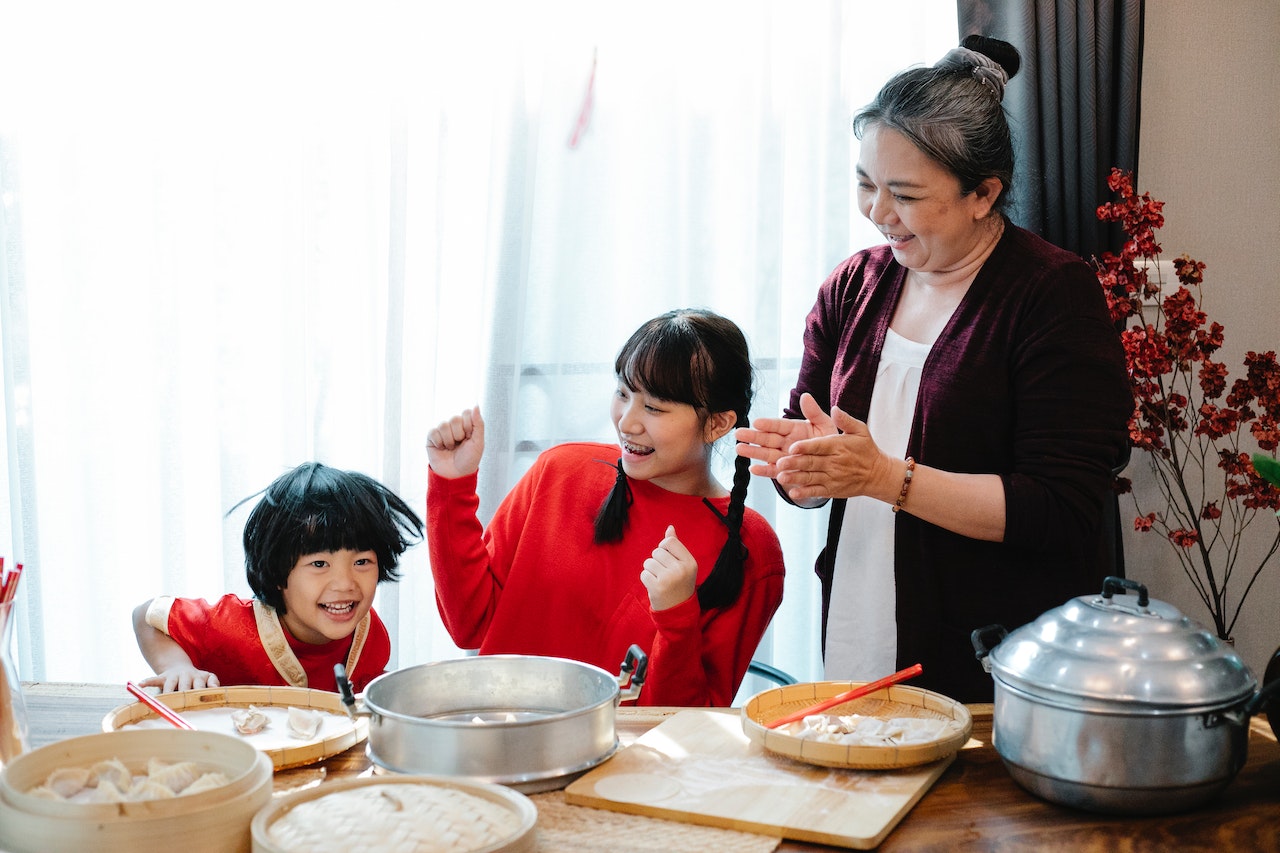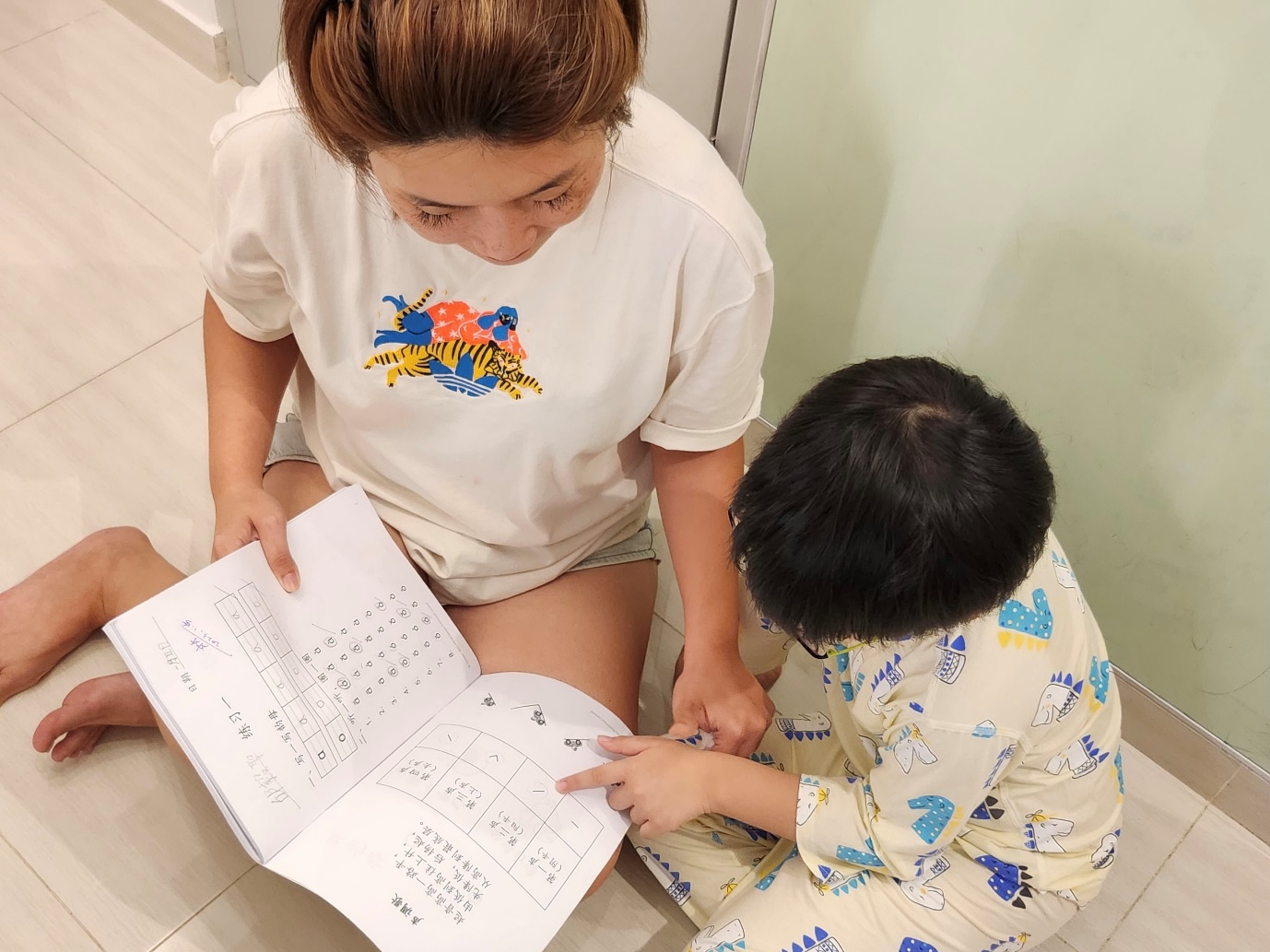Like many families, we hope our kids can be proficient in both English and Chinese. Learning more than one language is helpful since the world is now a global and multicultural melting pot. With English as our first language, the benefits for raising bilingual children who are good at Chinese go beyond exams!
Here are some easy tips to raise bilingual kids without tears:
Start earlier than later
The first 5 to 6 years is the time where a child’s brain grows exponentially, along with their learning and development. Likewise for PM Lee who started picking up Chinese at 3 years old, he was thankful to his mother for exposing him then, so he can now communicate fluently in multi languages. It is also a myth that children will get confused when parents speak different languages to them.
Make it fun
Kids love songs, music and play, so how about making learning Mandarin fun? For young children, skip the assessment books. Tune to English and Chinese nursery rhymes and action songs with your kids and get them to sing along. Instead of just flashing flash cards, make it a word hunt game by reading out a Chinese or English word, and getting your children to pull out the right word card. Offer high fives and plenty of positive encouragement to motivate them!

Read bilingual books together
Books are another great way to introduce a language. For toddlers, choose picture books with simple words to introduce names of common things around them. This helps them to build up their vocabulary and they will learn to use the words too. Chineasy books are also a visual way for young tots to see how some Chinese characters come to life!
Mummy’s language hack: Head to the baby section of our National Libraries to borrow pictorial baby books, CDs and DVDs in Chinese, Malay and Tamil. There are also lift-a-flap bilingual books or short stories in Chinese or dual languages.
Use your Mother Tongue at different social settings
Parents are the best role models for kids. So, mama and papas, it’s time to hone your Mother Tongue when communicating with different folks. With our parents or grandparents, we usually speak our dialect or Mother Tongue to them. This shows your children that not everyone is able to converse in English, and by knowing another language, we will be able to get our ideas across. Exposing your children to the use of Chinese can also take place at the wet market, coffee shop or with your neighbours. These social settings let your child understand that languages help us connect with others.
Weave in technology
There’s no running away from the use of digital devices, so why not make it educational screen time? Learning a new language can also be done through online games, Chinese educational apps for children, Chinese story videos and more.
For kid-friendly YouTube videos in English, here are some channels recommended by fellow parents.

Pick up Chinese books for children
As your toddler becomes more inclined to sitting and reading with you, try picking books which systematically introduces characters. 四五快读 is a popular set of Chinese books that teaches 825 simplified Chinese characters through stories and reading exercises. 红蜻蜓学前阅读计划 Odonata Chinese Levelled Reading Series is a set of books which introduces 1200 characters, while building vocabulary through stories. These are popular among home learners and home schoolers too!
Keep speaking to your children in your Mother Tongue
Consistency is key during learning. Speak to them in Chinese, even if you feel that your proficiency is not perfect. It also shows them that you are continuously learning and improving as an adult.
What I do to boost interest in Chinese with my kids
With China and the USA as key powerhouses in business, there’s no doubt that being bilingual will be necessary for children. We believe that developing interest in Mandarin is more important than mundane drilling. Let’s not kill their interest at a young age – there’s still a long way to go.

Simple ways to learn Mandarin at home:
- Now that he is in kindergarten 2, we put in more effort to speak Mandarin to him. He takes longer to respond as he needs to think of the words in English, before doing a direct translation, and that’s expected
- It helps that we are staying with my mother-in-law, so he gets to speak the language at home
- Weekly review of my son’s work which he brings home from preschool. This includes both English and Chinese storybooks which I will read with him
- Go through Chinese flashcards together
- Started weekly Chinese spelling 听写 in preschool, which we now have to revise and test him. To help him remember better (most kids are visual learners!), I shared with him that his Chinese spelling words (手,头,山,火) can be represented with pictures, and I drew them out. I also added some back story about how the characters came about from ancient times.
- We visit my mum every 2 weeks, so he gets to converse with another grandmother in Chinese
- He attends a Chinese class for K2 once a week. So, he gets additional exposure apart from preschool. It also helps to enrol your child in a childcare that focus on bilingualism.
We don’t really watch Chinese shows. Instead, Gideon sometimes joins me when I catch Korean dramas. Learning more languages is a good thing after all!
What are some fun ways to cultivate the love for bilingualism with kids? Do share what are the best ways to raise bilingual kids in Singapore. We’re on this learning journey together!



